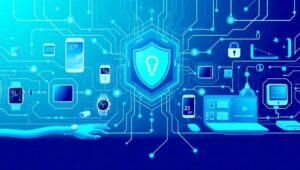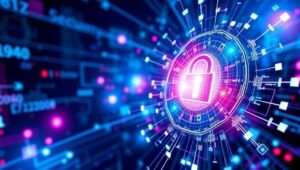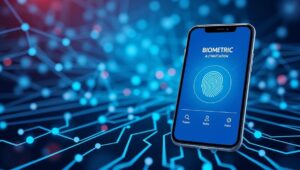May 31, 2025
On-Device AI for Enhanced Privacy (2025 Trend)
On-Device AI for Enhanced Privacy (2025 Trend) As we move further into 2025, artificial intelligence is becoming increasingly integrated into our daily lives. However, this increasing reliance on AI raises significant privacy concerns. One promising solution is the rise of on-device AI, which processes data locally rather than sending it to the cloud. This article explores the benefits, challenges, and future trends of on-device AI for enhanced privacy. What is On-Device AI? On-device AI refers to the execution of AI algorithms directly on a user’s device, such as a smartphone, laptop, or IoT device. Unlike traditional cloud-based AI, on-device AI












